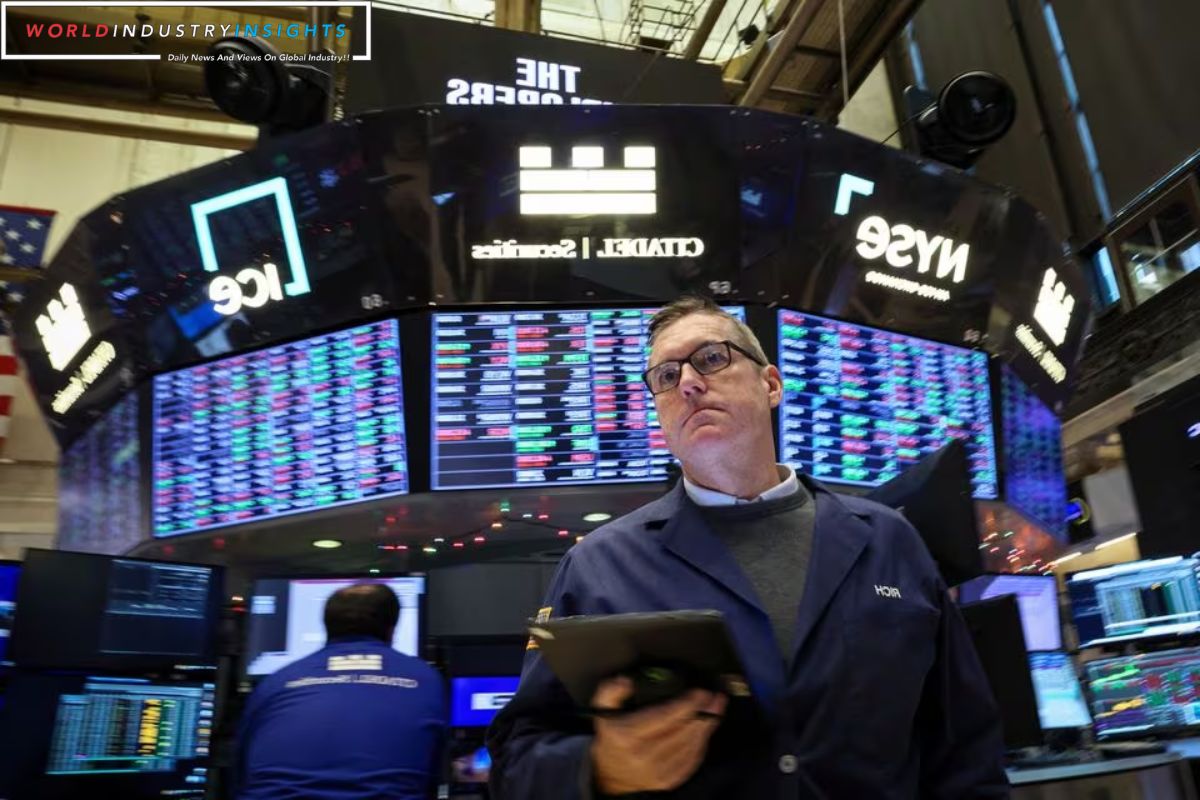Market 7-Week Winning Streak: In a week dominated by the Federal Reserve’s unexpected dovish pivot, the S&P 500 wrapped up a session with little fanfare but clinched its seventh consecutive week of gains. This marks the index’s lengthiest winning streak since 2017. On the flip side, the Dow Jones industrial average danced to a record high close for the third session in a row.
However, the parade wasn’t all confetti and cheers. Comments from Fed Bank of New York President John Williams on Friday, suggesting it’s premature to discuss rate cuts, threw some cold water on the day’s optimism. Additionally, sectors sensitive to interest rates, like real estate and utilities, saw a decline of more than 1%, relinquishing some of the week’s earlier gains.
The market soared mid-week after the Fed’s policy statement hinted at lower borrowing costs in 2024. Semiconductors took center stage, surging by an impressive 9.1% for the weektheir most substantial weekly gain since May.
Kim Forrest, Chief Investment Officer at Bokeh Capital Partners, shared her perspective, stating, “What I think we got this week is that (Fed Chair Jerome Powell) doesn’t want to overly punish the economy with (rates) being higher for longer for no good reason.” She expressed cautious optimism about a potential upward drift in the market, contemplating whether we’re in for the traditional “Santa Claus rally.”
Closing figures for the day painted a mixed picture: the Dow Jones Industrial Average inched up 0.15% to 37,305.16, the S&P 500 hovered near stasis with a 0.01% dip to 4,719.19, and the Nasdaq Composite added a modest 0.35% to 14,813.92.
Also Read: Investors Eye 6T Dollar Cash Pile Amid Market Rally
For the week, the Dow enjoyed a 2.9% gain, the Nasdaq climbed 2.8%, and the S&P 500 added 2.5%. Adding a layer of complexity, the session marked the expiration of quarterly derivatives contracts, also known as “triple witching,” injecting a dose of volatility into the market.
Costco Wholesale stole the spotlight, with shares skyrocketing by 4.4% after the retailer outpaced Wall Street estimates for first-quarter results, thanks to an uptick in demand for budget-friendly groceries.
A survey indicating a pick-up in domestic business activity in December injected some positivity. Rising orders and demand for workers provided a counter-narrative against fears of a sudden economic growth slowdown in the fourth quarter.
As the week drew to a close, declining issues took the lead over advancing ones on the NYSE, while on Nasdaq, decliners maintained a 1.54-to-1 ratio. The S&P 500 boasted 50 new 52-week highs and 2 new lows, while the Nasdaq Composite showcased 180 new highs and 85 new lows during the session. The market, like a seasoned performer, wrapped up another act in this ongoing financial dramaleaving investors to ponder whether this winning streak is a Fed-induced gift or merely a fleeting high in the grand scheme of things.
Our Reader’s Queries
What is the longest winning streak in football?
The Oklahoma Sooners hold the record for the longest NCAA Division I winning streak in American college football. They achieved an impressive 47 consecutive wins between 1953 and 1957. This remarkable feat is a testament to the team’s skill and dedication, and remains a significant milestone in the history of college football.
Who has the longest win streak in sport history?
Jahangir Khan’s 555-match winning streak is the longest in sports history. He is widely considered the greatest Squash player of all time, and for good reason. Khan’s impressive streak began at the young age of seventeen in 1981.
What is considered a win streak?
A winning streak, also referred to as a win streak or hot streak, is a series of consecutive victories in games or competitions. Typically, it is measured by at least three wins without any losses or ties/draws. This term is commonly used in sports and can be applied to both teams and individuals.
How much did the stock market drop in 2008?
In the week of October 6-10, 2008, the Dow Jones Industrial Average (DJIA) experienced a significant decline, closing lower in all five sessions. The volume levels were unprecedented, and the DJIA plummeted by over 1,874 points, marking its worst weekly decline ever in both points and percentage basis. The S&P 500 also suffered a decline of more than 20%.


